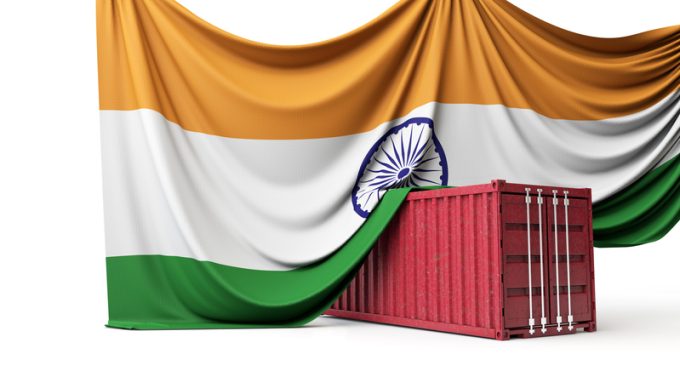Truckers say cargo logjams at Nhava Sheva are testing supply chains
Container hauliers serving terminals at India’s Nhava Sheva port (JNPA) continue to voice concerns over ...

Frustrated by high shipping costs, India’s exporters have won some government support – albeit a little belatedly, as supply-demand dynamics have begun to settle.
Container Corporation of India (Concor) has significantly rationalised its container storage and handling tariff policies, both for empty and laden boxes. An offshoot of Indian Railways, Concor is the largest container rail operator in the country.
Shippers now have an extended 90-day ’free time’ for storage of empty containers at Concor’s inland terminal in Nhava Sheva, one of ...
Volcanic disruption at Anchorage could hit transpacific airfreight operations
Shippers snap up airfreight capacity to US ahead of tariff deadline
New price hikes may slow ocean spot rate slide – but for how long?
Tighter EU import requirements proving 'a challenge' for forwarders
Supply chain delays expected after earthquake hits Myanmar
Looming Trump tariffs will create 'a bureaucratic monster' for Customs
Forwarders stay cool as US 'liberation day' tariffs threaten 'global trade war'

Comment on this article